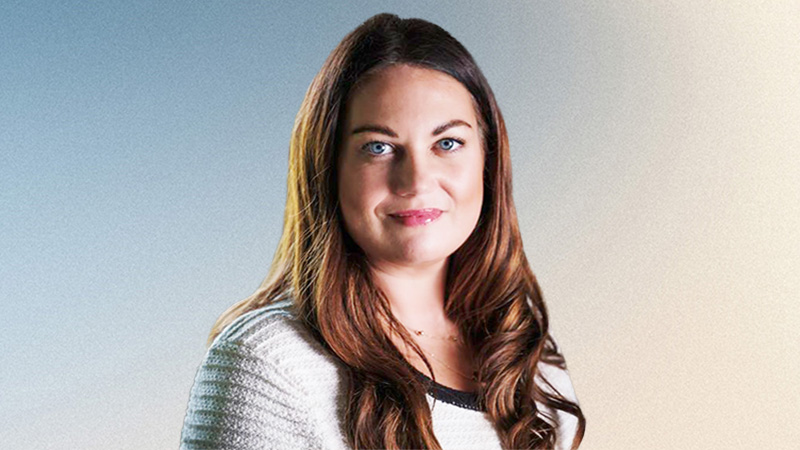As the interest rate cycle finally turns in the UK – and the jitters over US recession have eased – investors may start looking again at those sectors that have been hit hardest by rising interest rates. UK commercial property has to be near the top of that list.
UK commercial property has been one of the few sectors stubbornly resistant to any revival over the past 12 months. Having dropped 14.8% on average in 2022, failed to recover in 2023 and dropped a further 3.9% in 2024 (source: FE fundinfo, AIC UK commercial property sector to 8 August 2024), it has struggled not only with higher interest rates, but also with uncertainty on the economic environment, and structural shifts such as home-working and ecommerce.
There appears to be plenty of latent value in the sector. Wide discounts to net asset value are commonplace – 19% for Custodian Property Income, 23% for the Schroder Real Estate investment trust. Even the popular TR Property trust is on a 6% discount, having historically traded at or near net asset value.
Ben Mackie, senior fund manager at Hawksmoor, believes UK commercial property could be among the strongest beneficiaries of falling rates. First, property companies tend to have higher debt, and on floating rather than fixed terms. If rates drop, its debt costs fall. Then, interest rates affect the way buildings are valued: “Lower rates help with their debt and helps with their valuations,” he adds.
See also: “Abrdn: UK poised to lead global property sector recovery“
There are also encouraging noises from the industry itself. In February, Hammerson, one of the UK’s largest listed retail landlords, reported the first rise in rent expectations since 2017. In May, Mark Allan, chief executive of Land Securities, said the market for higher quality UK commercial property was improving: “Macroeconomic signals look more encouraging than they have for a while . . . absent any further macro shocks, we think the value of high-quality assets has largely bottomed out and will start to grow in the foreseeable future as rents rise.”
The RICS Commercial Property Monitor for Q2 2024 said the sector was “either at the bottom of the cycle or in the early stages of an upturn”. It found “34% of respondents are of the opinion that the market is at the bottom of the current cycle, while 41% sense conditions are consistent with the early stages of recovery”. There was particular strength in certain areas, such as the London office market. A net balance of +57% of survey participants forecast rising capital values across the prime industrial sector.
In July, this tentative optimism was finally reflected in an improvement in performance from the Reit market. Winterflood research said: “The FTSE EPRA NAREIT UK Index returned 3.5%, compared with 3.1% for the FTSE All Share and 1.7% for UK Gilts. According to the latest CBRE Monthly Index, capital values were up 0.2% across all UK commercial property in June, representing the second consecutive positive monthly move, while the CBRE Monthly Index total return was 0.7%”
It points out that some of the listed commercial property sector experienced a significant re-rating. Particularly notable was Tritax EuroBox moving from a 25% to 18% discount. That said, all property investment companies ended the month trading on a discount to NAV, with a simple average discount of 27% across the sector. This is high by historic standards and suggests that sentiment on UK commercial property is still near rock-bottom.
See also: “Open-ended property funds: Is the future hybrid?“
However, moves in property investment trust discount have been closely correlated to the movement in UK gilt yields, particularly over the last two years. Rising yields have generally corresponding with a de-rating of property investment trusts. Winterflood says: “This continued to hold last month, with the widespread re-rating of the sector corresponding to a -20bps decline in 10-year UK Gilt yields from 4.17% to 3.97%.”
There is scope for gilt yields to fall further should rates be cut again. Even though the August rate cut had been widely anticipated by markets, it still had an impact on gilt yields. It is likely that further rate rises would also push yields lower, and drive UK commercial property valuations higher.
There is also a sentiment factor. The current discounts in the UK commercial property investment trust sector suggest that investors still expect significant revaluations for the sector. As interest rates fall, valuation levels appear more secure and may give investors greater confidence.
Recovery may not be linear and there are still some problem areas within the sector. Winterflood points out that Regional REIT experienced a significant discount widening in July. The trust focuses on offices in regional centres outside of the M25 motorway, such as Ipswich, Felixstowe or Leeds. Regional commercial property has proved particularly vulnerable to structural changes in the office market, and investors are still worried about the potential for revaluation.
Equally, in July, the launch of a ‘Special Opportunities’ Reit, which aimed to take advantage of the current distressed environment by acquiring high-quality properties at rock-bottom prices from distressed sellers and pension funds, was pulled due to lack of demand. The trust had a well-respected manager and board, plus commitments from credible investors. It failed to meet the minimum £250m investment level.
See also: “L&G UK Property shareholders back switch to hybrid model“
There is also a longer-running problem for the UK commercial property sector. There are a number of buildings that need to make expensive changes to comply with environmental standards or face obsolescence. This is a slow process, and could act as a drag on the sector over time.
Nevertheless, there are reasons to be more hopeful about the unloved commercial property sector after a tough period for the sector. There has been a lot of consolidation, which should help create better value for investors, and falling interest rates may prove a catalyst for a shift in sentiment. Investors have had a long wait.










